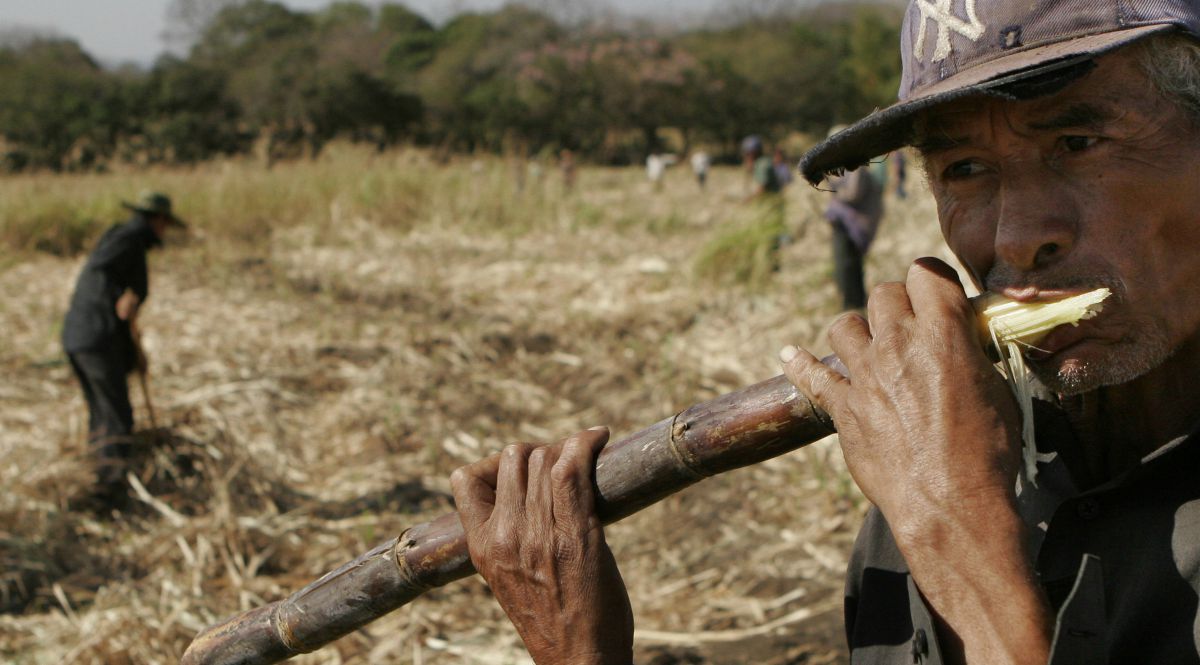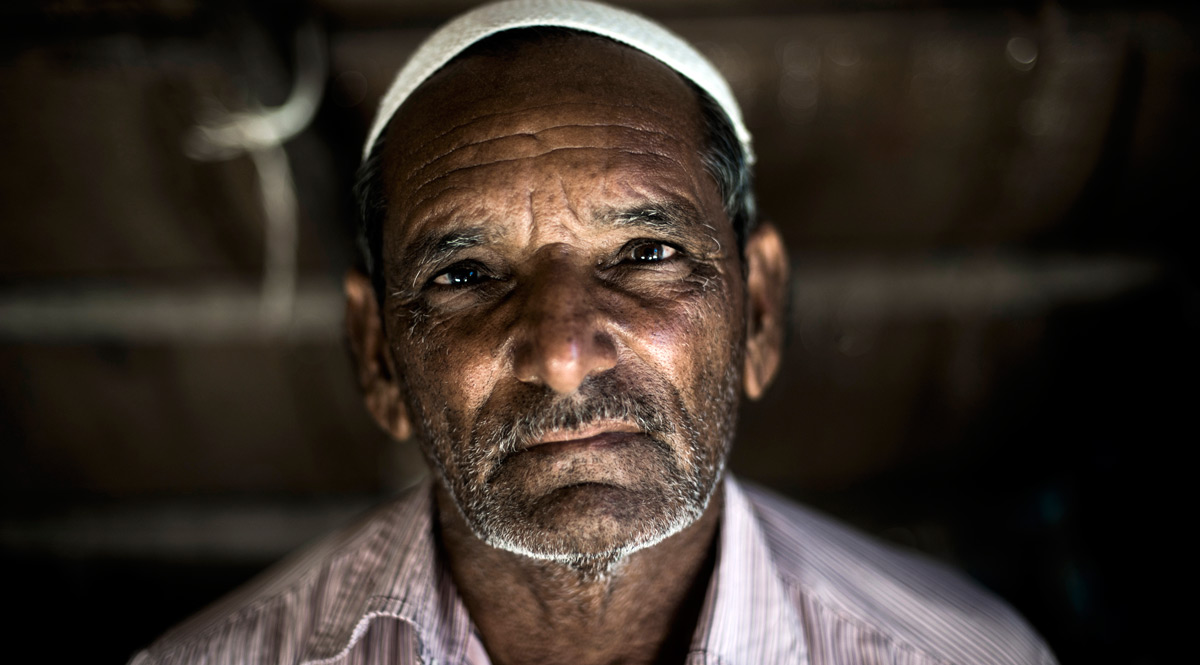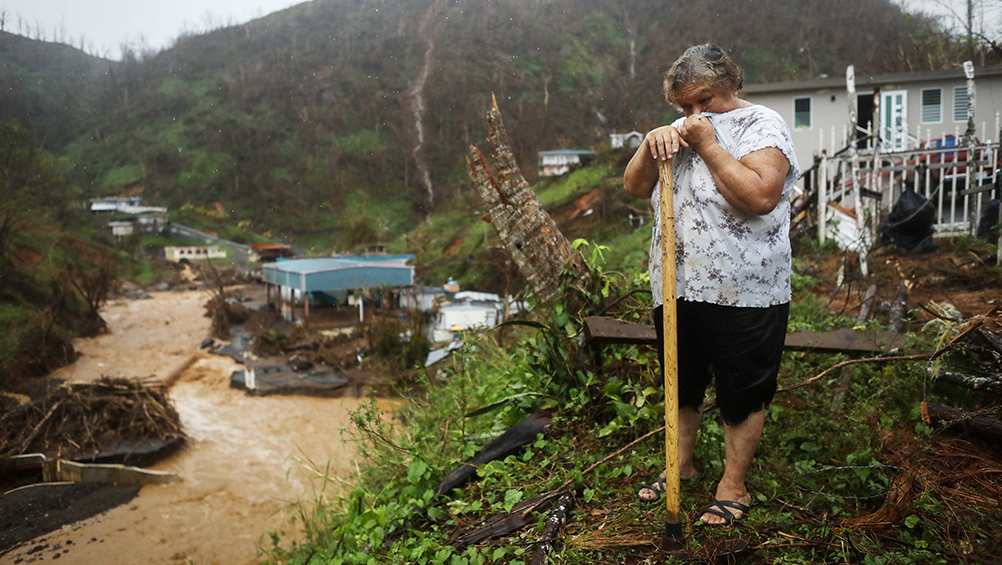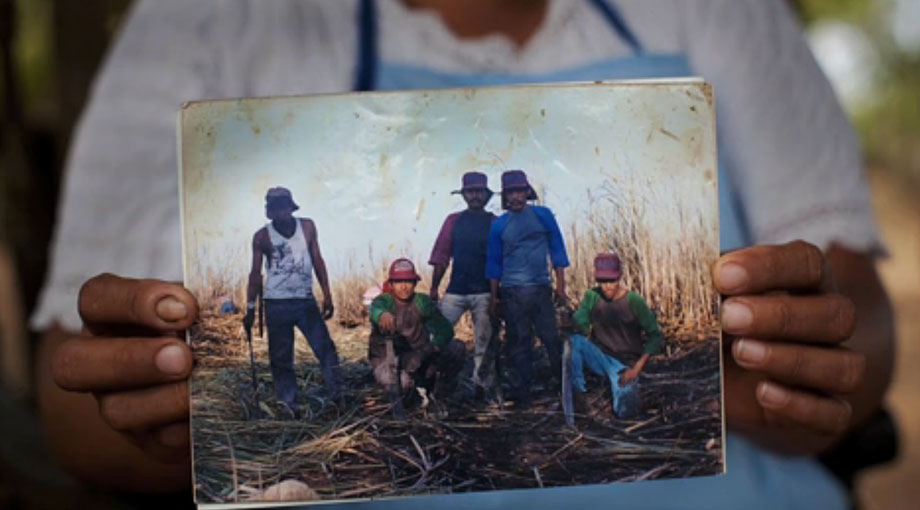A mysterious kidney disease that has killed thousands of sugarcane workers and other tropical laborers is a sign of the growing public health threat posed by climate change, warns a new article in the New England Journal of Medicine.
Chronic kidney disease of undetermined causes (CKDu) is now the second leading cause of death in both Nicaragua and El Salvador, afflicting mostly working-age men who labor in hot, humid conditions. Scientists are still studying the disease’s causes, but a growing body of evidence points to heat stress and dehydration as key factors in its development.
“Heat stress is what is pushing this epidemic over the threshold,” said Dr. Cecilia Sorensen, a researcher at the University of Colorado School of Medicine and lead author of the New England Journal of Medicine article.
The emergence of CKDu as an international public health threat was first reported by the International Consortium of Investigative Journalists in its 2011 Island of the Widows investigation. The project found that the disease was devastating farmworkers along a stretch of Central America’s Pacific Coast that spans six countries and nearly 700 miles, while wealthy nations imported high quantities of sugar from the region and resisted pleas to fund research into the ailment.
A 2012 investigation by the Center for Public Integrity examined a similar malady affecting farmworkers in Sri Lanka and India, widely believed to be part of the same lethal phenomenon.
Since ICIJ’s investigations, a series of scientific studies have provided powerful evidence of the role of heat exposure in causing CKDu.
A 2014 study found that mice exposed to heat stress in a laboratory suffered the same unusual type of kidney damage – known as tubulointerstitial disease – as workers with CKDu. Mice that were hydrated during the period they were exposed to heat stress were protected from injury. A 2015 study that measured the kidney function of sugarcane workers before and after their shifts found decreased filtration by kidneys after the workers spent hours laboring in the fields.
Yet the evidence does not explain why CKDu occurs among some laborers in hot, tropical areas and not others, leading many scientists to believe that exposure to a toxin, such as a pesticide or heavy metal, may also be contributing to the disease.
In addition, researchers believe that they are finding CKDu in a growing number of countries beyond Central America and South Asia. Data on these cases is sparse, but reports indicate that CKDu may be afflicting workers in Mexico, Egypt, Sudan and even in the United States among farmworkers in California and Texas.
Leading CKDu researcher Dr. Richard Johnson, who conducted the 2014 study on mice, says the common factor among the affected areas is extreme heat and humidity. Johnson says that even more than rising temperatures, the intense heatwaves associated with climate change place workers at risk when they occur.
“The epidemic seems to rise in correlation with heatwaves and higher temperatures,” Johnson said.
While CKDu’s correlation with temperature and climate conditions may be unusually strong, it is one of numerous maladies that occur more frequently during times of extreme heat. Heart attacks and other cardiovascular ailments, adverse birth outcomes and mental health problems have all been shown to happen more often during heat waves, said Sorensen, the author of the New England Journal of Medicine article.
She describes CKDu as a “sentinel disease” for a future shaped by climate change, and urges health professionals and health agencies to begin planning not only for more CKDu but for the broader public health consequences of extreme heat.
“The fact that all these things are emerging suggests that things are going to get worse before they get better,” Johnson said.






